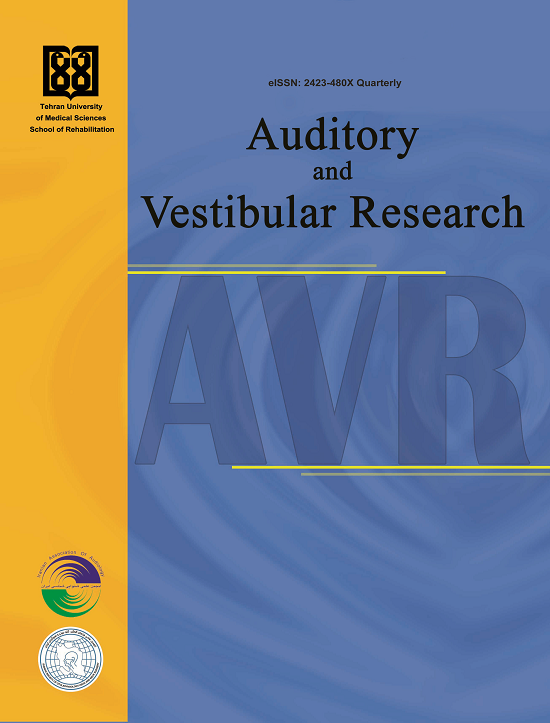2024 Impact Factor: 0.6
2024 CiteScore: 0.9
eISSN: 2423-480X
Chairwoman:
Mahin Sedaie
Editor-in-Chief:
Masoud Motasaddi Zarandy
Associate Editor:
Mansoureh Adel Ghahraman
Executive Manager & Designer:
Shima Soleymani

This journal is a member of, and subscribes to the principles of, the Committee on Publication Ethics (COPE).






